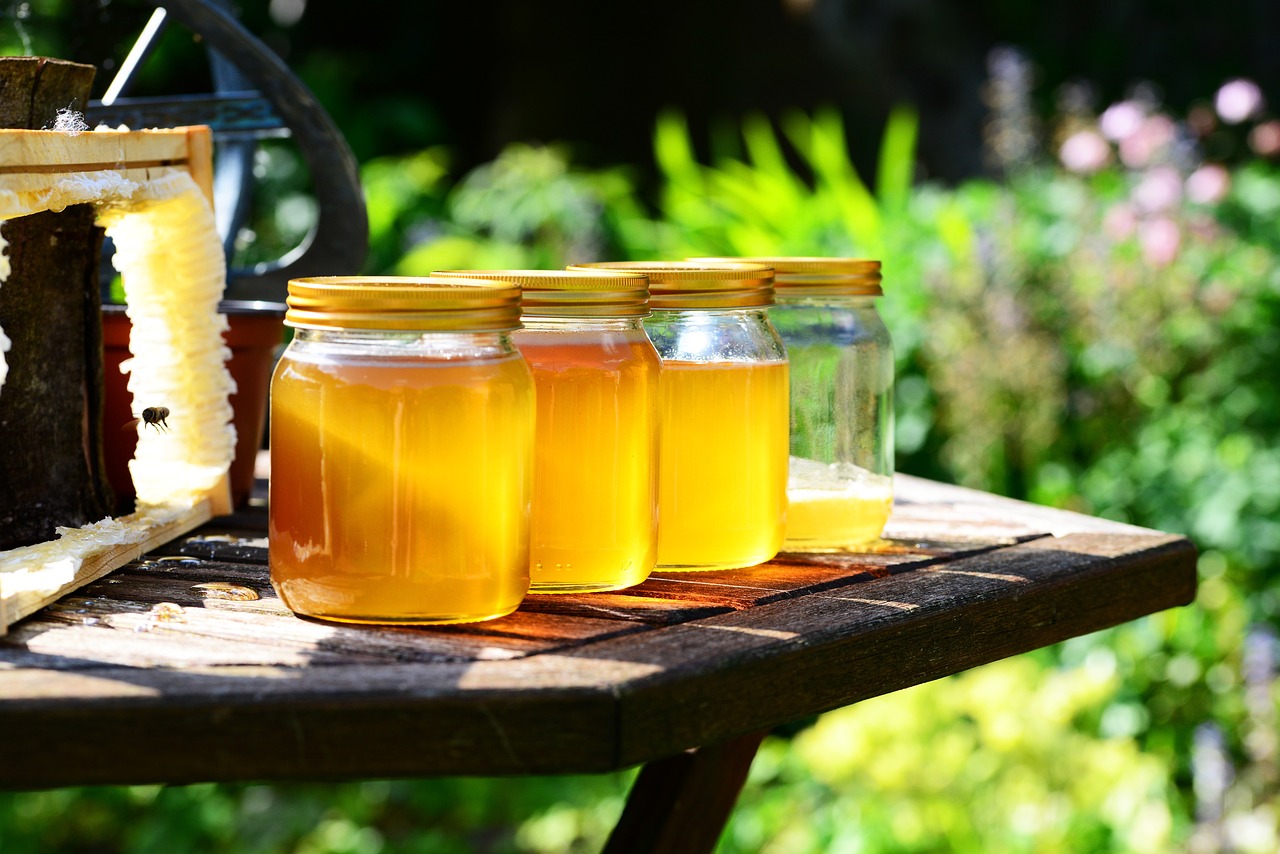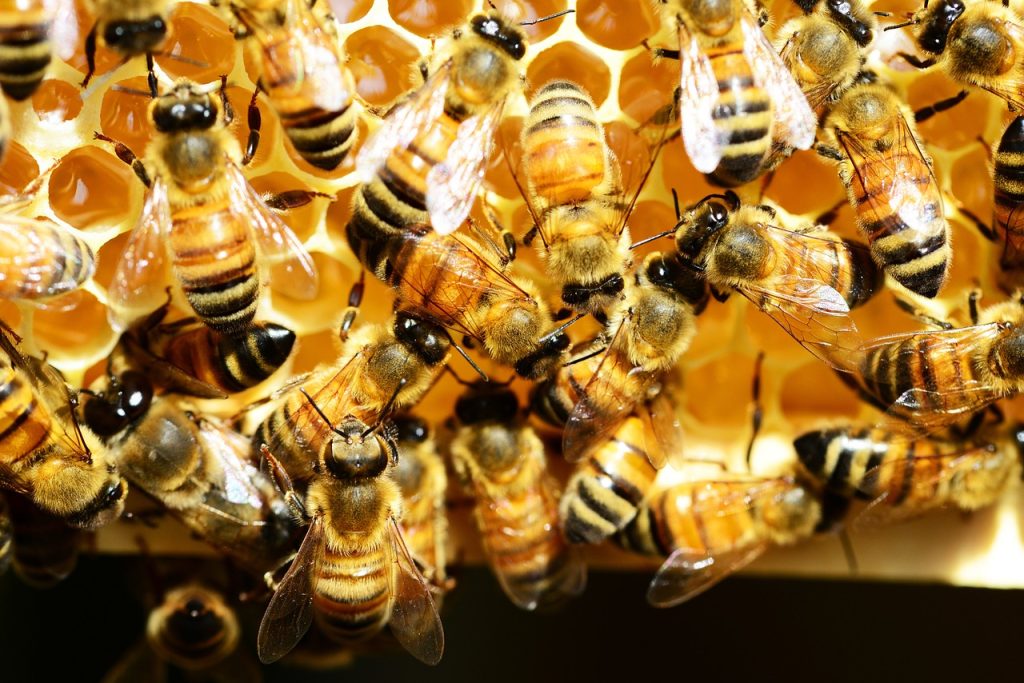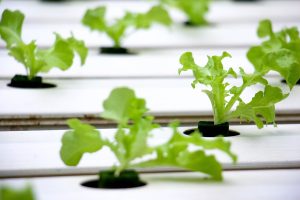This comprehensive guide will walk you through everything you need to know, from the equipment required to the best harvesting techniques.
The Benefits of Harvesting Honey
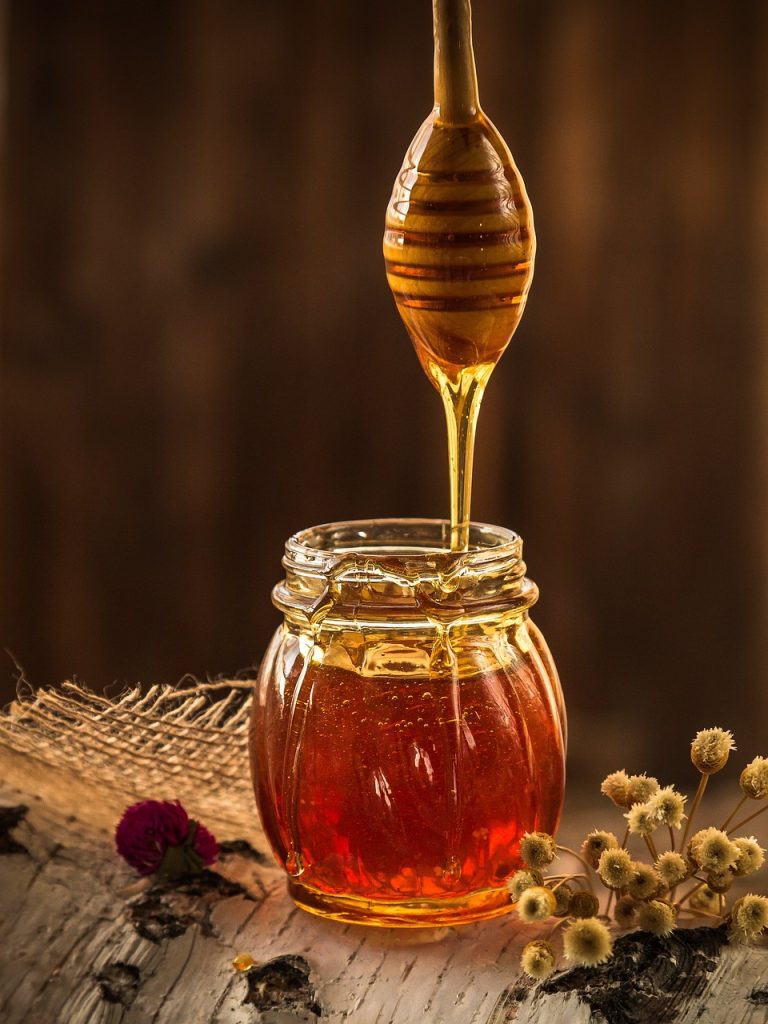
Before we get into the practicalities, let’s appreciate why harvesting honey is such a desirable endeavor:
Natural Sweetener: Honey is a delicious alternative to refined sugars and can be used in a variety of recipes.
Health Benefits: Raw honey has numerous health benefits, including antioxidant properties, soothing allergies, and acting as a natural energy booster.
Connection to Nature: Working with bees and harvesting honey allows you to connect with nature and understand the vital role bees play in our ecosystem.
Sustainable Practice: Harvesting honey can contribute to sustainable living, especially when done responsibly.
What You Need to Get Started
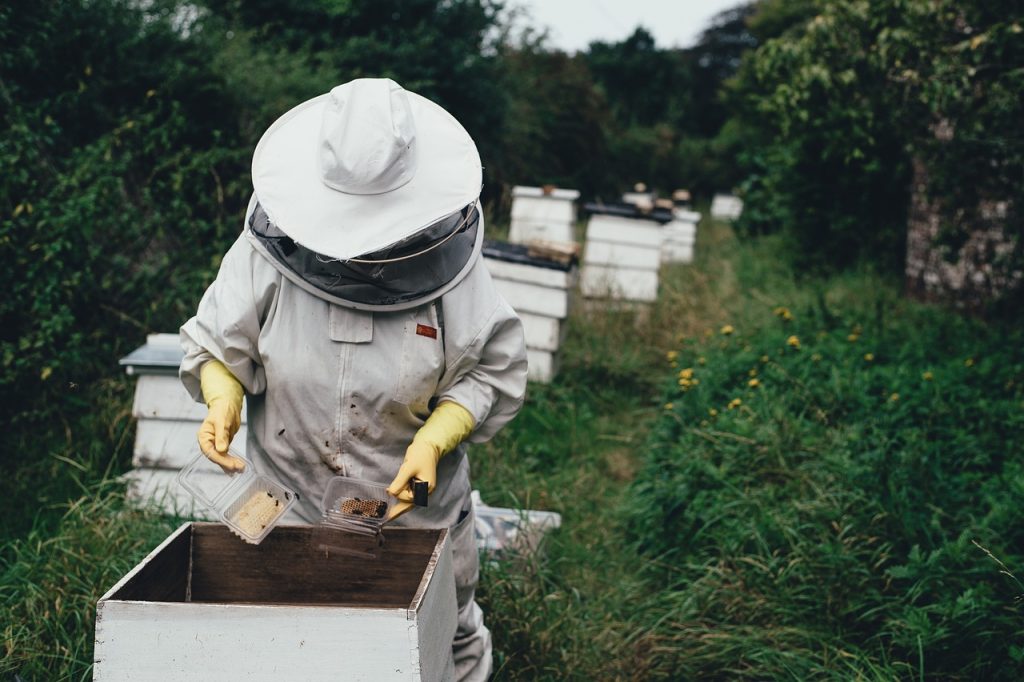
Before you start the harvesting process, ensure you have the right equipment. Here’s a list of the essentials:
Bee Suit: Safety first! A full bee suit protects you from potential stings.
Bee Gloves: Long gloves that fit snugly are essential for protecting your hands.
Smoker: This tool calms the bees, making the harvesting process safer and more manageable.
Hive Tool: This multi-purpose tool helps pry apart hive components and scrape off excess wax or propolis.
Honey Extractor: Depending on the size of your operation, you can use a manual or electric extractor to separate honey from the comb.
Strainer: A fine mesh strainer will help remove any bits of wax or impurities from the honey.
Bottles or Jars: Choose glass or food-grade plastic containers for storing your honey.
When to Harvest Honey
Timing is crucial when it comes to honey harvesting. Generally, late summer or early fall is the ideal time to collect honey. Look for these signs:
Capped Honeycombs: The best indication that honey is ready to be harvested is the presence of capped honeycombs. Bees cap the honey with wax when they’ve finished maturing it, indicating that it’s ready for collection.
Light Weight: If a frame feels lightweight when you lift it, it might be time to harvest.
The Honey Harvesting Process
Prepare Your Equipment: Before you head to the hive, ensure all your tools and containers are clean and ready for use.
Smoke the Hive: Use the smoker to gently puff smoke at the entrance and top of the hive. This helps calm the bees and reduces the likelihood of aggressive behavior during the harvest.
Remove the Frames: Carefully open the hive and start removing the frames filled with capped honey. Use your hive tool to gently pry them loose without damaging the bees or the comb.
Uncapping the Honeycomb: Once you have the frames removed, you will need to uncap the honeycomb. Using a hot knife or an uncapping tool, carefully slice off the wax caps without damaging the cells below.
Extracting Honey: Place the uncapped frames in your honey extractor. If you’re using a manual extractor, turn the handle slowly, allowing centrifugal force to push the honey out of the comb. For an electric extractor, follow the manufacturer’s instructions for operation.
Strain the Honey: After extraction, pour the honey through a fine mesh strainer into clean jars to remove any leftover wax or debris.
Bottle the Honey: Once strained, fill your jars with honey. Make sure to label your jars with the date and any special characteristics (like floral source, if known).
Storing Your Honey
To keep your honey fresh and flavorful, store it in a cool, dry place away from direct sunlight. Honey does not spoil and can last indefinitely if stored properly.
Tips for a Successful Harvest
Respect Your Bees: Always handle your bees with care and avoid unnecessary disturbances.
Know Your Local Laws: Be aware of any local regulations regarding beekeeping and honey harvesting.
Stay Calm: Bees can sense fear and anxiety. Stay calm, and they are less likely to become agitated.
Conclusion
Harvesting honey can be a delightful and enriching experience. It allows for a unique connection to nature while providing a delicious product that can be used in countless ways. With the right preparation and knowledge, anyone can embark on this rewarding journey. Whether you’re intending to keep bees as a hobby or simply enjoy the fruits of your labor, the world of honey harvesting awaits you!


